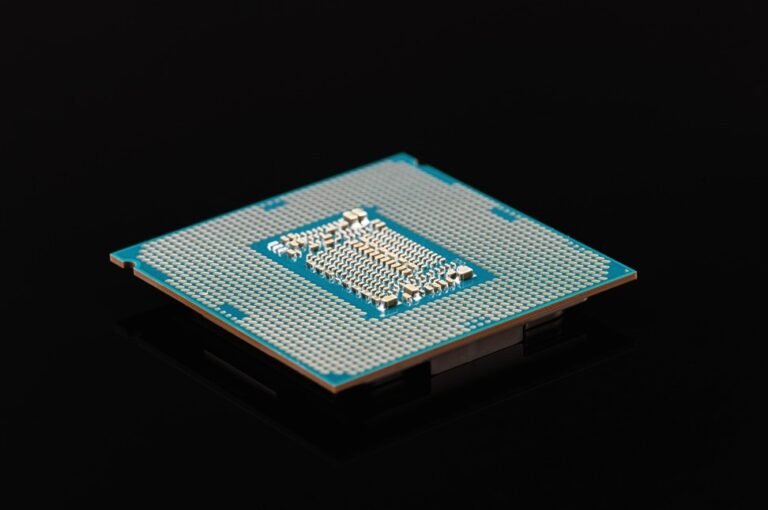Samsung, one of the world’s largest consumer electronics brands, has responded to rising public skepticism over its ambitious ‘Screens Everywhere’ initiative. In a recent press statement, the company emphasized that while it is embedding digital displays into a wide array of home devices, it has no immediate plans to flood those screens with ads.
This announcement aims to preempt consumer backlash and speculation that Samsung is shifting toward an ad-driven ecosystem, similar to strategies adopted by Amazon’s Fire TV or Roku OS. The clarification is a response to growing concerns about digital privacy, user control, and the future of smart device advertising.
What is Samsung’s ‘Screens Everywhere’ Vision?
Unveiled at CES 2024, the ‘Screens Everywhere’ strategy is Samsung’s long-term plan to extend smart displays beyond traditional televisions and smartphones. The vision imagines a future where interactive screens are seamlessly integrated into:
- Refrigerators and kitchen appliances
- Bathroom mirrors with live updates and media
- Smart desks, workstations, and office panels
- Living room furniture with display integration
- Automotive dashboards and in-car entertainment systems
This direction aligns with the broader trend of ambient intelligence where technology becomes invisible, always-on, and responsive to context.
With the global smart home market expected to reach over $537 billion by 2030 (source: Statista), Samsung’s strategy is not just bold it’s potentially transformative.
Are Ads Coming to Every Samsung Screen?
Not yet and maybe not ever, according to Samsung.
“Just because we are expanding our ecosystem of screens, doesn’t mean we’re turning every device into an ad delivery tool,” said a Samsung spokesperson during a post-CES media Q&A.
Samsung emphasized that the focus remains on user experience, device usability, and seamless ecosystem integration, rather than maximizing ad revenue from every touchpoint.
However, industry watchers are skeptical. Samsung has already introduced ads on its Smart TV operating system, including sponsored content and app recommendations that appear on the home interface. This has led many users to question whether other Samsung devices — especially always-connected smart appliances — will follow the same path.
Why Users Are Concerned About Ads in Smart Devices
Today’s smart home products are not just functional; they are data-rich environments. With screens in every room, embedded microphones, and internet connectivity, smart devices create new vectors for data collection and advertising.
Key concerns from users and privacy advocates include:
- Loss of control over what content is displayed on personal devices
- Ad fatigue, especially when paid products serve unsolicited marketing
- Data tracking, where behavior across devices is used to personalize ads
- Child exposure, with screens in playrooms or kitchens becoming marketing channels
The fear is that Samsung, like Amazon, may introduce ad-supported pricing models where users pay less upfront but agree to see ads — even on non-entertainment devices.
For comparison, Amazon’s recent Fire TV lineup is deeply integrated with advertising, from startup screens to navigation banners. A detailed report from The Verge highlights how this shift is becoming the norm in the smart device industry.
How This Affects the Smart Tech Market
Samsung’s stance, at least for now, helps position it as a brand that respects the line between monetization and user experience. This may give it a competitive edge over rivals who lean too aggressively into ad-based models.
In the high-end smart appliance market, where consumers spend thousands on products like smart refrigerators, air purifiers, or 8K TVs, being subjected to persistent advertising can feel intrusive and unjustified.
Moreover, as AI assistants, edge computing, and voice control become more prominent, users will demand transparency on:
- How their data is used
- Whether ads are algorithmically driven
- If they can opt out of commercial messaging
- How much of their device interface is truly theirs
With regulators in the EU and U.S. already scrutinizing Big Tech’s use of consumer data, Samsung may be attempting to preempt legal challenges by ensuring that advertising is not hardwired into every screen from the outset.
Tech Industry Perspectives
Experts agree that Samsung’s messaging appears designed to slow down criticism while it assesses future monetization strategies. According to analysts at Gartner and IDC, the decision to hold back on full-scale advertising may be strategic — giving Samsung time to test user response before expanding monetization layers.
From a technical perspective, modern Samsung devices already include tools like Samsung Ads, which deliver targeted content on Smart TVs. Extending that system to other smart products is not technically difficult — the barrier is user trust.
“The future of smart home technology isn’t just hardware,” notes a recent piece in TechCrunch. “It’s about how data is used — and whether companies will be transparent about monetization.”
What Should Users Expect Next?
While Samsung insists ads won’t be everywhere (yet), the company has left enough ambiguity to keep the door open. Future software updates could gradually introduce ad modules, especially if Samsung sees profit margins plateauing in hardware sales.
To stay ahead of these changes, consumers should:
- Review privacy policies on their Samsung devices
- Explore ad-free subscription options (if available)
- Use firewalls or smart home management apps to limit device tracking
- Stay informed through consumer rights organizations like EFF
Final Thoughts
Samsung’s “Screens Everywhere” initiative represents the future of interactive living — but also raises pressing questions about how technology is monetized. While Samsung currently says ads won’t be everywhere, history in the tech world has shown that “for now” often becomes “for good” sooner than expected.
Consumers, regulators, and developers must continue to advocate for ad transparency, user-first design, and ethical data usage as the next generation of smart living unfolds.














